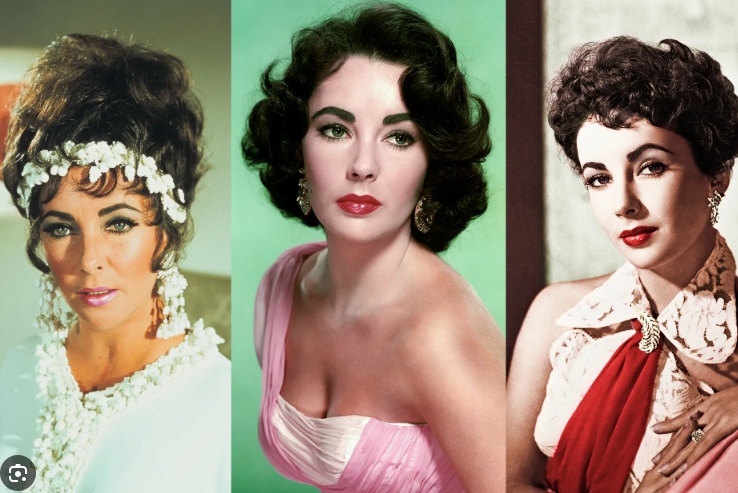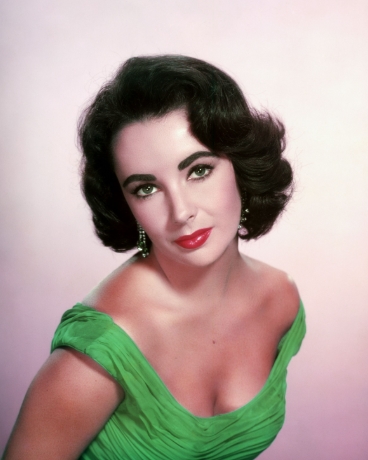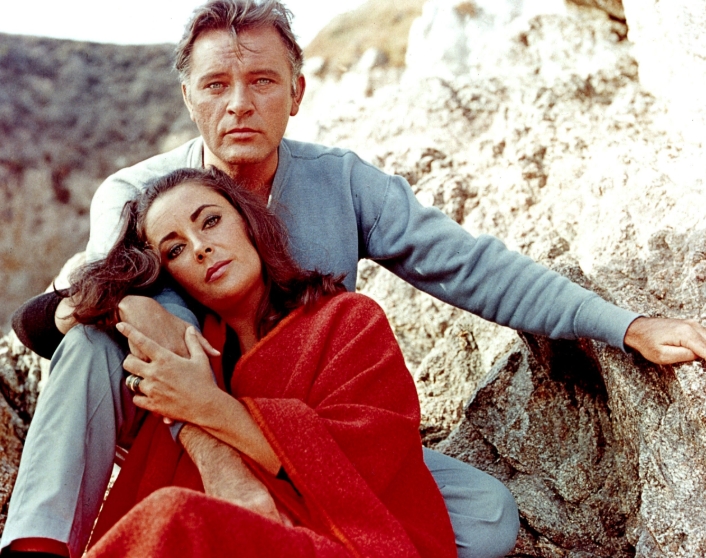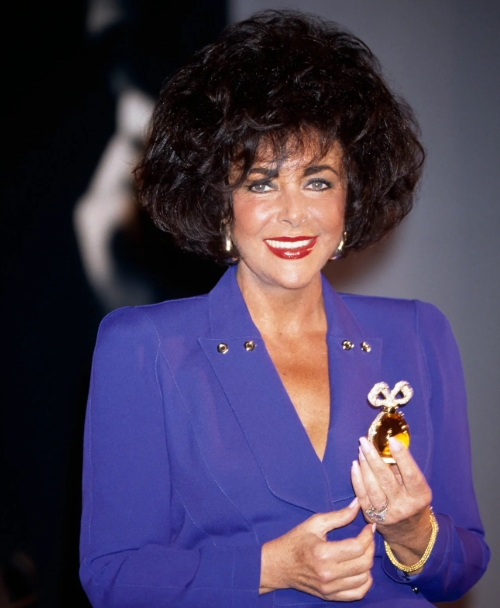A figure of enduring fascination, Elizabeth Taylor’s name echoes through generations, a cinematic icon whose allure, talent, and private life held the world’s gaze for decades. Born in London in 1932, Taylor’s ascent into stardom began in her youth. By twelve, she had already charmed audiences in “National Velvet,” revealing a natural gift that would define her career. Her distinctive violet eyes, radiant smile, and flawless complexion made her a sensation, yet it was her adaptable acting that secured her place as a Hollywood luminary.

During the 1950s and 1960s, Taylor’s career reached its zenith, marked by roles in some of cinema’s most celebrated films. Productions like “Cleopatra,” “Cat on a Hot Tin Roof,” and “Who’s Afraid of Virginia Woolf?” garnered critical acclaim and numerous Academy Award nominations. Taylor’s portrayals of powerful, complex women left an indelible mark on the film industry. Her depiction of the titular queen in “Cleopatra” symbolized grandeur and ambition, while her performance in “Virginia Woolf” earned her a second Oscar, solidifying her status as a premier actress.

Beyond her acting achievements, Taylor was equally recognized for her eventful personal life. She experienced eight marriages to seven different men, and her romantic entanglements were as newsworthy as her film roles. Her relationship with actor Richard Burton stands out as a cultural phenomenon. Their passionate and often turbulent romance began on the set of “Cleopatra,” where they co-starred. Despite their divorces and subsequent remarriage, their story remained one of Hollywood’s most discussed love affairs.

However, Taylor’s legacy extends beyond her romantic relationships. She was a dedicated advocate for humanitarian causes, notably her work in HIV/AIDS awareness. In the 1980s, following the death of her close friend Rock Hudson, Taylor became a leading voice in the fight against the disease. She leveraged her fame to raise substantial funds for HIV research, and her unwavering commitment earned her numerous honors, including the Jean Hersholt Humanitarian Award. Taylor’s philanthropic endeavors were as genuine as her acting passion, making her a rare star who left a profound impact both on and off-screen.

Elizabeth Taylor’s influence on cinema and culture is undeniable. Her beauty, talent, and resilience made her a figure of inspiration, demonstrating the power of grace, determination, and self-awareness. Even after her passing in 2011, Taylor remains an enduring icon whose influence continues to shape entertainment and philanthropy. Her life, a blend of triumphs and tragedies, serves as a testament that true legends are defined not only by their professional achievements but by their ability to endure, adapt, and inspire.
